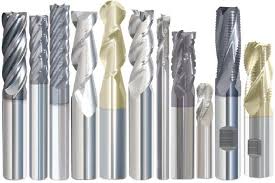
The introduction of tool management is a major decision, just to implement the tool management before and after the simple cost analysis and comparison as a basis for decision-making is not enough to make a comprehensive assessment of opportunities and risks. For new production projects, the cost is particularly ineffective.
The cost of the tool management project includes:
The first time to buy a new knife costs
Safe stock;
Tool preparation;
Coating and other outside the co-processing;
Grinding machine and computer purchase;
staff salary;
Engineering costs;
Consumables
Housing rent and insurance;
Travel expenses
Personnel training fee;
QS quality system certification, audit fees.
For the introduction of tool management enterprises, in addition to the core business can be focused on the cause and create value of the process, but also get a series of benefits: the enterprise quickly reached a reasonable number of tools and the corresponding staff; according to the use of the tool The cost of the service provider is increased and the amount of the tool inventory is reduced. From internal costs to external costs, from fixed costs to variable costs; the supply of knives is divided into smaller batches and concentrated on qualified suppliers. The risk to the business is that some technical know-how needs to be open to the tool management service provider and its associated personnel; in addition, it is also concerned about the gradual loss of functionality in tool technology. In order to prevent the expansion of the technical know-how and the disappearance of the tool-related functions, it can be avoided by close partnerships and limited staff. Facts have proved that after a very good cooperation will bring the improvement of the function of the tool, and the risk will only appear in the partners between the gains and losses is very unfair time.